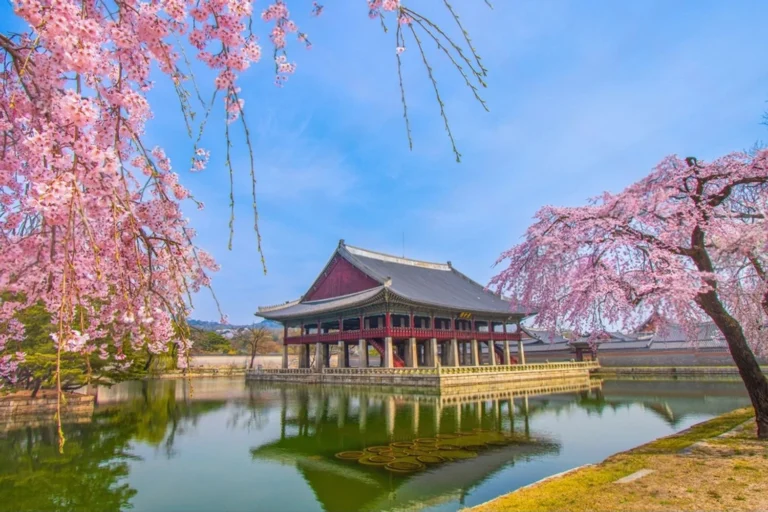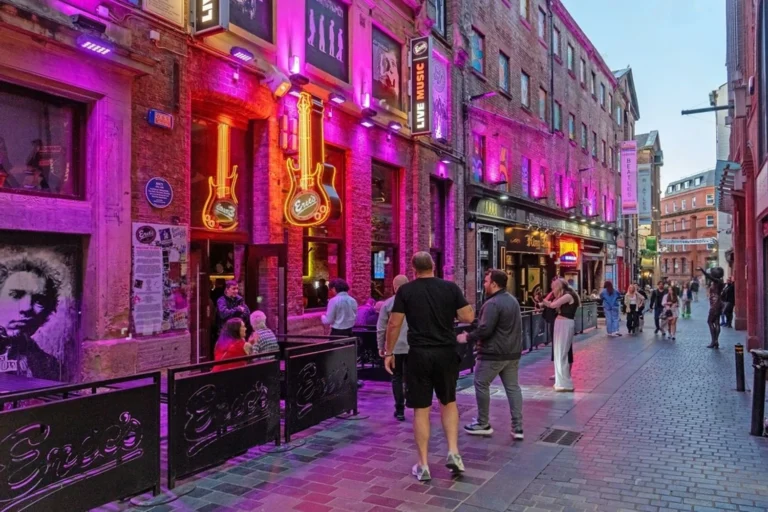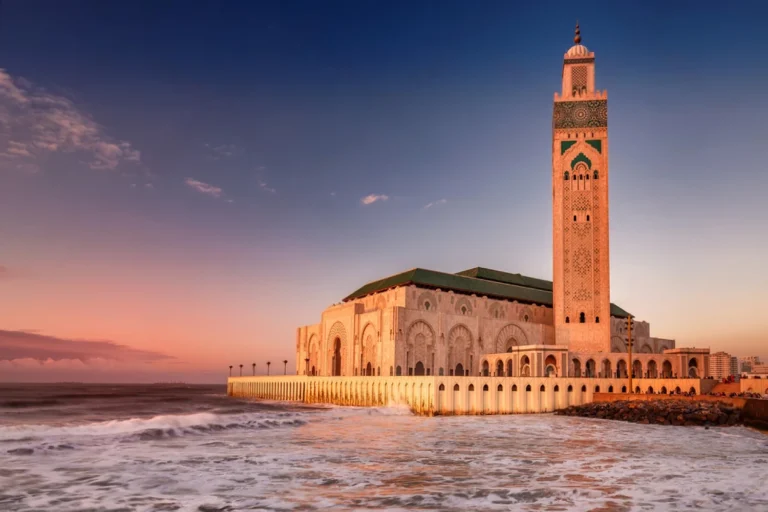Morocco: 30 Strange and Beautiful Truths from the Desert and Beyond
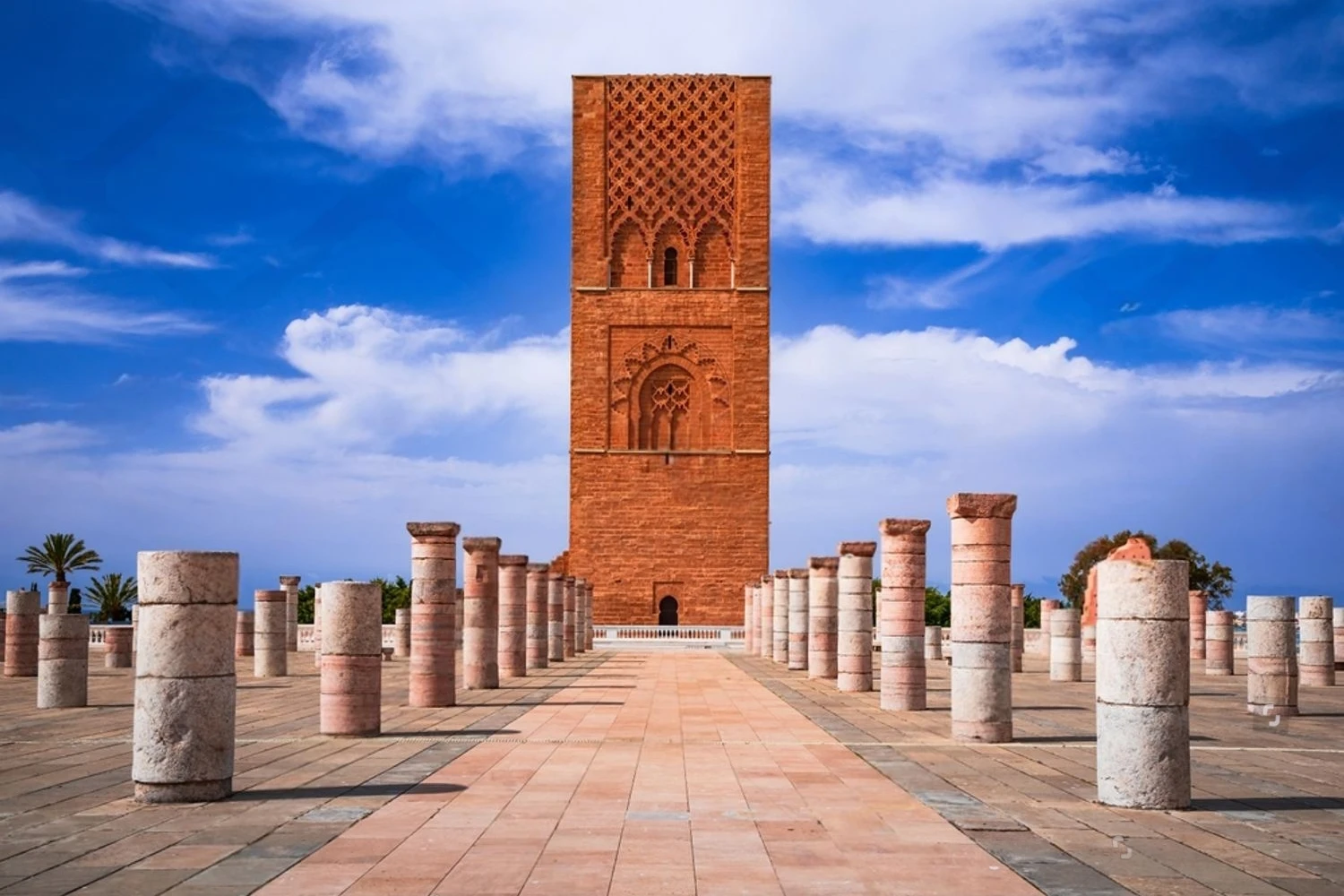
Traveling through Morocco, I found that the stories worth keeping live in the pauses the glance shared at a doorway, the hush of an alley where sun gives way to cool shadow. There was the faint brush of spice on the breeze, the scuff of shoes on worn stone, and the friendly nod that makes a stranger feel briefly at home. Discovering these layers felt like learning a song by ear, catching the heartbeat between the notes. Here, I’m following those quiet clues and small human moments, the overlooked details that peel back the glossy surface to reveal a deeper, truer spirit.
Oldest university, founded by a woman
Some places hum with a patient kind of wisdom. In Fes, Al‑Qarawiyyin has been doing that since 859 CE, and knowing it began with Fatima al‑Fihri still feels like a quiet miracle. I think of cool courtyards, the soft scrape of sandals on worn tiles, and the faint perfume of paper and ink lingering like an old promise.
Sultans, scientists, and poets have drifted through those halls, and the thought that the same walls held their questions makes your own feel welcome. More than 1,100 years isn’t just a number; it’s a thread of study that never snapped, a lamp refilled again and again. I remember feeling the kind of respect that settles in your chest rather than shouts – a calm certainty that learning can be both humble and world‑shaping.
What surprised me most was how gentle it all felt. Not triumphant, not showy – just steady, like the daily rhythm of prayer and tea. It’s beautiful to realize that a woman’s vision opened a door so wide that centuries keep walking through it.
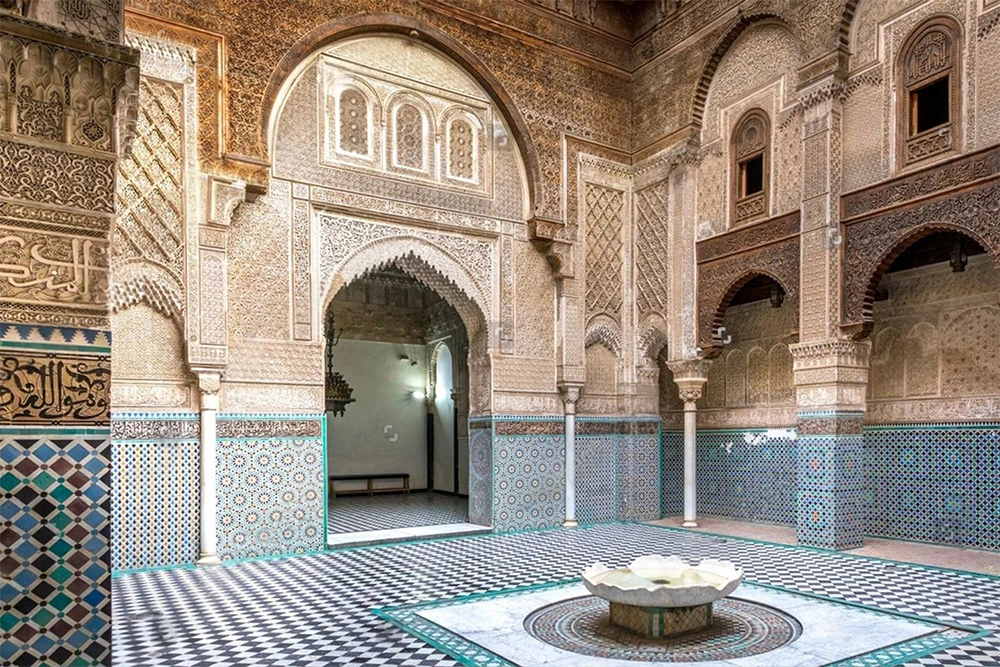
A city where getting lost is the whole point
I remember stepping into a lane so narrow my shoulders brushed cool plaster. Suddenly the world quieted: no engines, just footsteps, a bell on a passing mule, the tap tap of a coppersmith, and the scents of leather and mint curling together. In Fes, I felt my sense of time soften, like I could finally hear my own breathing.
People call it the largest living medieval maze on earth, and you feel it – a car free wonder stitched from alleys like a woven carpet. The 9th century isn’t a date here; it’s a presence in little things: glazed tiles winking in a doorway, a baker sliding rounds into a soot dark oven, a doorway’s wood polished by a thousand hands. I got lost within minutes and felt an unexpected relief, the kind that arrives when you stop trying to be the one in control.
What I loved most was how getting lost became a way of paying attention. Without a map, you follow warmth and voices, drift toward light, and the place chooses what to reveal. In a world obsessed with shortcuts, this old maze teaches the long way home – and somehow, that feels like arriving.
From mountain snow to Atlantic surf, in one day
I still laugh at how my breath turned to little clouds while the sun felt almost mischievous on my face. Up at Oukaïmeden, Africa’s highest ski resort, the snow flashes bright and the air is thin and clean; somewhere nearby, a café steams mint and sugar, and the chairlift clinks like pocket change. It’s the kind of place that makes Morocco feel like it’s wearing two seasons at once, a reversible coat you can flip without fuss.
People swear it’s normal to ski before lunch and chase waves by dusk, and I believed it the day I watched cars roll toward Essaouira with boards strapped on like afterthoughts. The wind there smells of salt and wood shavings, blue boats knock together, and gulls argue over the last light. Switching from crunching snow to warm sand in a single day feels like turning a page from frost to foam, and it leaves you oddly hopeful proof that a life can hold opposites without breaking.
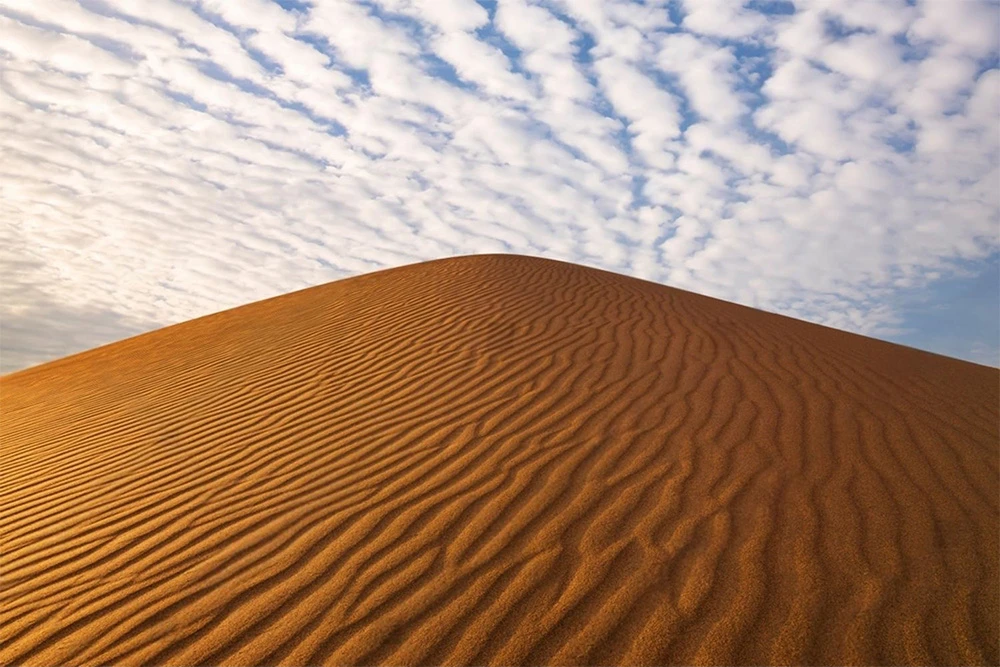
The Barbary lion now roams only in legend
I remember looking up at a royal crest – a lion worked in warm brass, the tiles below still hot from the afternoon – while mint tea sent its green sweetness into the air. In Morocco, the national animal is a creature no one meets in the wild anymore; it once padded through the mountains, and now it survives in stories and on those shining emblems.
There’s something tender about that absence. The roar has softened into a lullaby of legends, yet the symbol still stands, reminding people what courage and grace once looked like up close. I like to think the country keeps the lion the way you keep a constellation that slipped below the horizon but still guides you home – not out of nostalgia, but out of a quiet promise to guard what’s precious before it fades.
A small town washed in borrowed sky blue calm
You know that soft hush before evening? The blue seems to hold that feeling all day – it quiets corners, cools the air, and softens the edges of everything. The walls are cool and faintly chalky; laundry overhead moves in a patient breeze; even voices turn gentle.
In Chefchaouen, the story behind it stays close: in the 15th century, Jewish refugees began painting the town sky blue as a sign of peace and a reminder of heaven. Knowing that, the color lands differently – not decoration, but intention, a daily act of remembering.
I remember how my breath found a slower rhythm there, as if the shade had set the tempo. It made me think about how a place can carry care forward, one brushstroke at a time, and how a simple color can still welcome strangers with quiet grace.
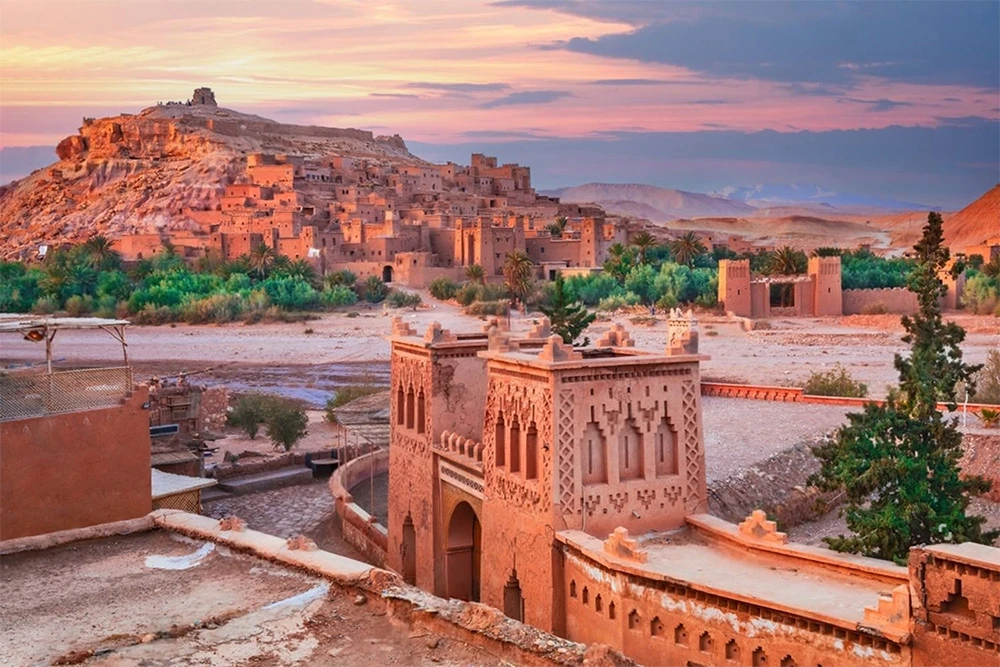
Amazigh and Arabic, side by side in law
Funny how a road sign can make you feel welcomed twice. I remember the first time the letters curved in Arabic and then stood angular in Tifinagh, both gleaming under that bright, forgiving sun in Morocco. The air smelled of mint tea and dust, and the sight felt like two heartbeats settling into the same chest.
It’s the only place in Africa where Amazigh is official alongside Arabic, and you can feel the centuries wrapped up in that choice pride that refused to be quiet, stories that kept walking even when the road was steep. A shopkeeper traced the letters in the air as if practicing a prayer, while a kid nearby mouthed sounds he’d learned at school, both of them smiling like they knew exactly what was being guarded and passed along.
What moved me most was how normal it felt: not an announcement, just a gentle truth shaping everyday life. Languages weren’t competing; they were holding the door open for each other, like threads in the same rug, stronger for being woven together. It made the place feel deeply itself, and somehow made me feel more myself, too.
The art of a poured welcome
The first sip surprised me: mint and sugar, yes, but also a small feeling of being let in. Steam curled up with a garden cool sweetness, and the thin glasses chimed softly, like they had their own greeting. I remember the quiet pause before that first taste, the way time seemed to wait with us.
In Marrakech, people say the pour itself is an art, and you can see it in the patient lift of the teapot, the measured swirl that coaxes a soft foam. The arc of tea drops like a silver thread, each height a little gesture of kindness, each return to the pot a promise to keep the conversation warm. It isn’t performance so much as intention you can feel.
After a while I started to understand: this isn’t just a drink, it’s how friendship takes shape. You don’t rush it; you let the leaves unfurl, you let the room breathe, and you notice how generosity arrives in small, steady ways. It’s surprising how much care fits into one glass hospitality poured until it tastes like a sweet green handshake.
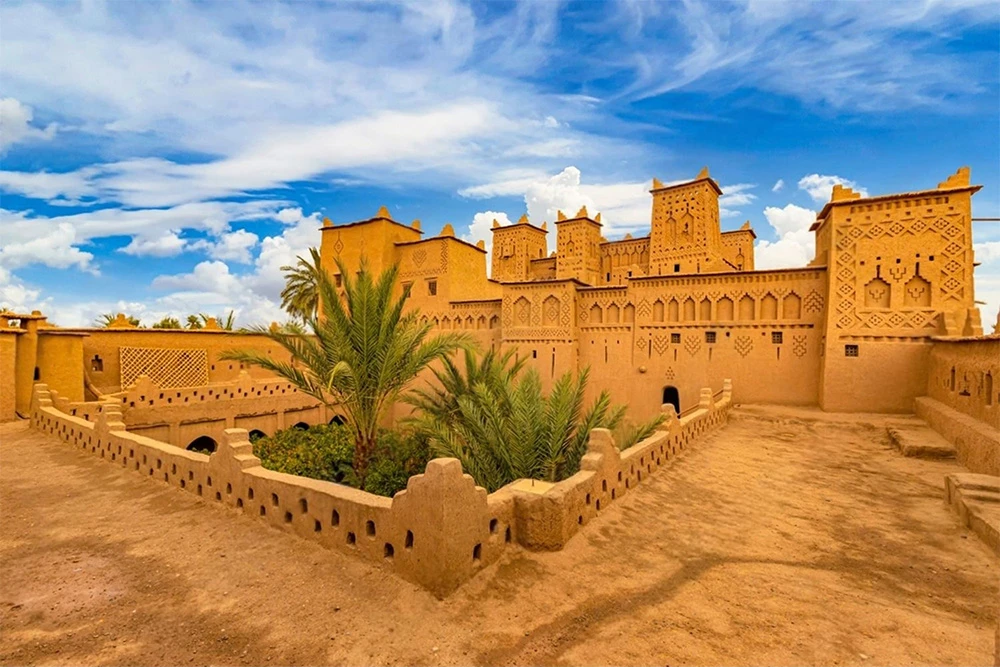
Two knockers, two voices in Morocco's art of welcome
I remember pausing by a cobalt door when two different knocks floated through the heat one bright and metallic, like a spoon kissing a glass; the other low and wooden, a soft thud that felt like a heartbeat. Someone told me, in Fez, that many doors wear two knockers: one for men, one for women, each with its own voice so the family inside knows how to greet with care. Even the air seemed to listen, carrying mint and dust as the echoes settled into the alley.
What moved me was the gentleness of that idea that hospitality starts as sound, not spectacle. The house listens first, then answers, and the threshold becomes a small duet between privacy and welcome. In a world of doorbells that all speak the same language, these two notes feel intentional, tender; a reminder that respect can be simple and beautiful, like cool shade on a white wall at noon.
https://en.wikipedia.org/wiki/Morocco
Centuries of voices on Jemaa el Fnaa
You know that hush that falls right before a good story? It arrives as evening settles: reed flutes meet hand drums, a low rattle from coiled baskets, and the air smells of orange peel, smoke, and mint. People edge closer with small glasses of tea, faces gentle in the lantern glow, the whole square listening for the next word.
The storytellers hold a ring of listeners with nothing but a voice and a pause. Their tales skip from mouth to mouth, never touching paper, changing slightly with each retelling like a river around a stone. Snake charmers nearby keep their own rhythm, flutes rising, the faint hiss threading the beat, and it has been this way for centuries.
I remember realizing how rare it is to trust memory this much. In Marrakech, it feels like a living library, where stories survive because people carry them home in their heads and bring them back the next night. You leave not with a souvenir, but with a line that lingers and somehow that feels enough.
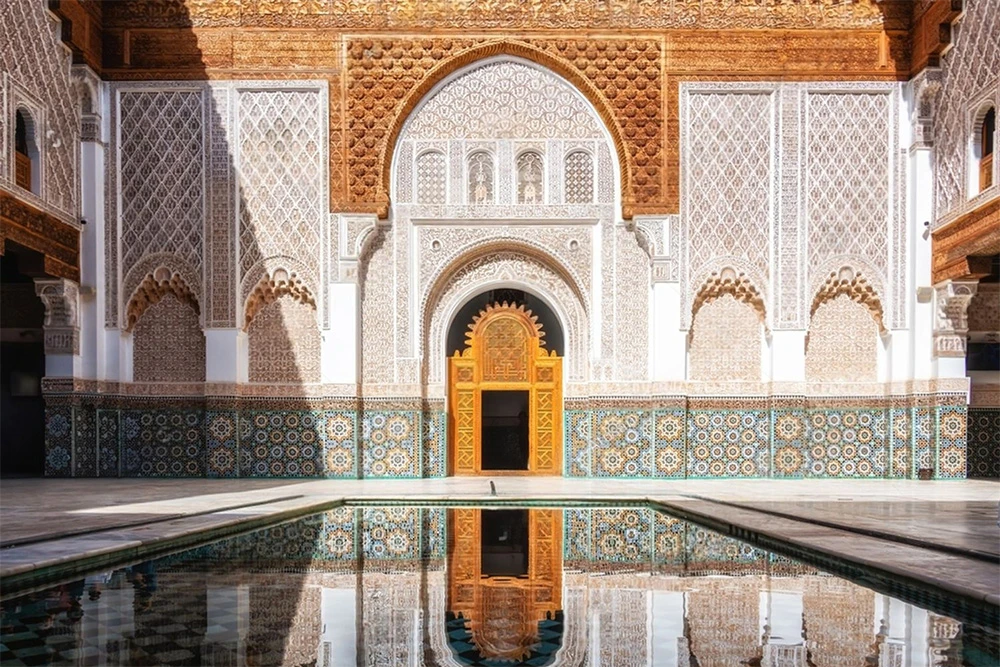
From blue to white to red: a nation chooses.
Funny how a country can try on colors like moods. I heard the flag here once was blue, then white cool, quiet tones before, in 1915, it settled into red, steady and sure, the color that feels like a heartbeat. It made me think of cobalt tiles resting in shade and whitewashed alleys blinking in noon light.
In Morocco, red simply fits; you see it in clay walls at dusk, in woven rugs, and in the warmth people press into a greeting. Once, wandering a souk, I realized how right that 1915 decision feels calm blue and clean white had their time, but red brings a kind of steadiness, a quiet confidence that lingers as the dust settles and the evening cools.

Souks where time hums through handmade treasures
I still hear the gentle tap tap of metal and the soft clap of rugs breathing in the breeze. In the Atlas foothills of Morocco, the markets gather under open sky, where dyed wool smells faintly of sun and sheep, clay pots hold the day’s warmth, and copperware flashes quick shards of light. At a low table, silversmiths with soot dusted fingers coax patterns from silver with small hammers, the rhythm steady and old. The rugs are thick with indigo and saffron, their geometric lines steadying the eyes; the whole place feels stitched together by patience.
What stays with me is the trust between people and their craft. Nothing is rushed: a pot seems finished only when its shine returns, and a bracelet only when the tapping drifts into quiet. It surprised me how modern it felt not nostalgic, just alive even though the techniques have lived for centuries, like a living museum you can touch. I remember a woman laughing as we admired the same rug; we didn’t share words, but we shared a nod. I left with a quiet steadiness, the kind that lingers long after the dust settles.
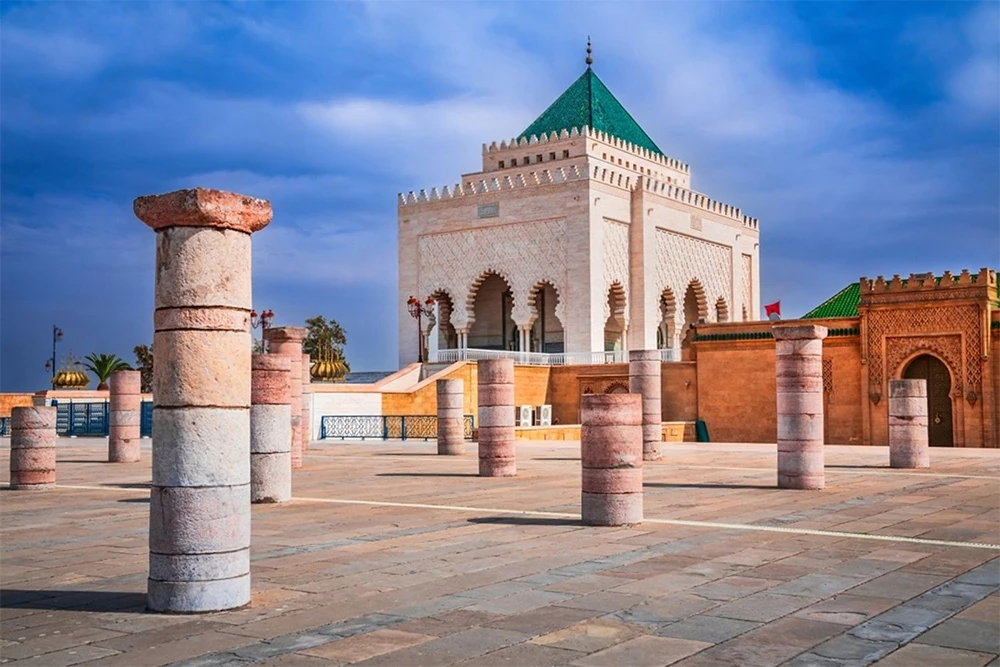
Ancient Walls Holding Voices, Spice, and Time
The moment the first call to prayer rises, everything hushes in that gentle way cities sometimes learn. The sound settles into stone and drifts back through the lanes, a little softer each time. Cumin, saffron, and orange blossom hang in the shade, the kind of scents that make you breathe slower without thinking about it.
I remember resting my hand on a sun warmed wall, its surface rubbed smooth where generations have leaned. A copper shop chimed somewhere, kids were laughing in the next alley, and a grandmother bargained in a voice clear and bright. In Marrakech, the medina felt stitched together by these everyday notes their warmth made the maze feel friendly, even familiar.
What surprised me most is how the ancient ramparts don’t shut life out; they keep it close, like palms cupped around a secret. Inside them, you hear the echo of people who argued, blessed, stitched, and fell in love, and for a moment you feel counted among them. It’s as if a loom were working quietly, weaving the day into history while you walk.
Toubkal’s summit makes poets of the breathless
It’s funny how thin air clears your thoughts until only the honest ones remain. A local guide once told me, grinning, that Jbel Toubkal turns anyone into a poet and at over 4,000 meters, I understood what he meant. The wind is clean up there, and the light is gentle, the rocks dark and steady.
From the summit, ridge after ridge runs on, the High Atlas stretching above Marrakech while the far off desert softly blurs the edge of the world. Villages rest in their valleys, and a wide hush is all you notice. Maybe the poetry is just gratitude finally finding words, the way a vast, earth colored rug unfurls beneath you. The feeling follows you back down, lingering like warm mint on your tongue, and for a while words arrive with more care.
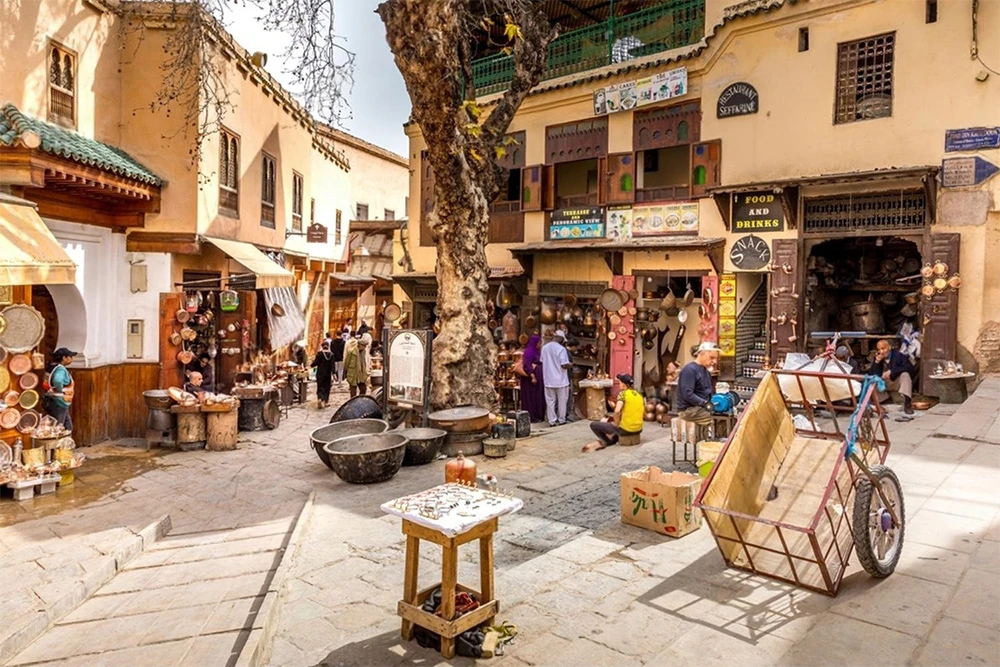
Sahara’s lone Moroccan park guarding life and memory
I love how the emptiest horizons hold the most careful secrets. Out near Iriqui National Park, the light goes soft and the wind sifts through silence like a whispering library of traces. It’s the Sahara’s only national park here, which feels almost shy in the way it protects what the eye might miss little lives stitched into a vast, breathing stillness.
Rare birds appear after rare rains, skimming the shallow pans like silver notes in a quiet song, and desert foxes leave neat, cursive prints at dusk. I remember running my fingers near the ancient rock art never touching, just letting the warmth of the stone tell its story and feeling time settle around me like a shawl. It’s surprising and beautiful, this idea that a landscape so stern could be so tender: a small, steady heartbeat of care in a great chest of sand.
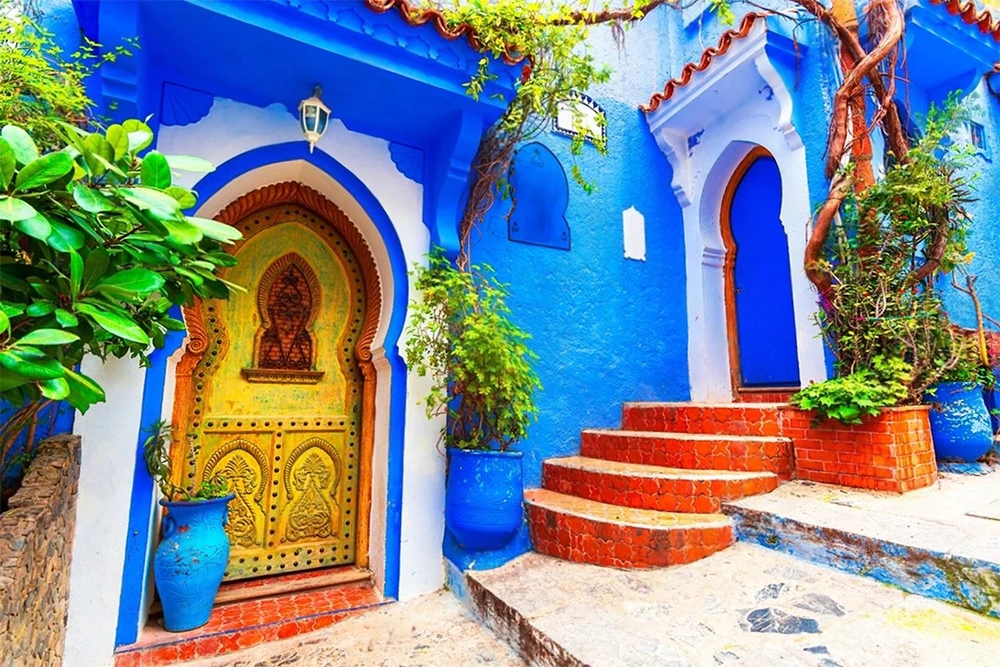
Fridays Gather Around Bowls, Not Clocks or Calendars
There’s a hush just before the first spoonful, when steam rises and the room fills with cumin, cinnamon, and that gentle sweetness of long cooked onions. Cushions sigh under everyone’s weight, knees gather around a low round table, and a mound of couscous glows like late afternoon light. The first taste is soft and generous grains buttery, carrots tender, chickpeas warm and earthy something that steadies the whole body in one breath.
In Morocco, Friday has a flavor, and it tastes like patience. I remember realizing how the roundness changes the mood: no corners to hide in, just hands drifting toward the same center. Elders trade small jokes, kids angle for the caramelized onions, and someone nudges a choice piece of meat toward the quiet guest without making a scene. It’s not just a meal; it’s a way of saying, there is enough, and you are part of it.
What surprised me most was how the day loosened its grip. The round table, the shared bowl, the soft cushions an anchor at the center of the week. You leave full, yes, and somehow steadier, as if the noise of ordinary life slipped outside for a while and waited politely at the door.

Where four languages share the same street corner
The first thing that made me grin was a sun faded street sign: Arabic curls sharing space with neat French, while a vendor called prices in Spanish and a kid yelled a bright “azul.” In Morocco, even a small kiosk sounds multilingual, mint tea breathing its sweet steam into the salty breeze.
People switch without thinking Arabic to French to Spanish to Berber like changing lanes on a calm boulevard. Someone told me it lingers from the years when France and Spain set up protectorates here, from 1912 to 1956, and the tongues simply settled in, comfortable as old neighbors.
What stays with me is how it feels: generous. The city hums like a radio tuned to many stations, and even if you only catch a word or two, you feel invited into the song. It’s a reminder that identity can hold more than one melody at once, and somehow, that makes the streets kinder.
Drones grounded without permits, or risk fines and confiscation.
I remember a soft evening breeze and swallows stitching the sky, while the rooftops glowed like cooled embers. The air felt carefully kept, almost like a library’s hush, and I caught myself listening to footsteps, to laughter rolling through alleys, to the slow bloom of spice and orange peel in the heat.
In Morocco, it’s illegal to send up a drone without a government permit; try it and you could be hit with a heavy fine, or watch your gadget disappear into official hands. At first that felt stern, but then it made a different kind of sense: some places ask you to be present, not hovering. The sky doesn’t need a motor to be memorable; it already carries the city’s secrets call to prayer, clatter of tea glasses and if you let it, it carries your memory too.

Faith kept private, boundaries drawn in bold lines
I remember learning quickly that here, faith is something you hold quietly. There are bright lines: handing out religious books isn’t permitted, and trying to persuade a Muslim to change beliefs can bring serious trouble. It surprised me at first, not as a warning so much as a reminder that belief is intimate, and the public square has its own careful hush.
In Riyadh, that hush doesn’t feel empty; it hums with the call to prayer, the scent of cardamom, the late afternoon heat trembling on the road. I carried my own beliefs like a smooth stone in my pocket present, steady, unshown and found that travel sometimes asks for that kind of tenderness: listen more than speak, let differences breathe, and honor the boundaries that keep a place’s spirit intact.
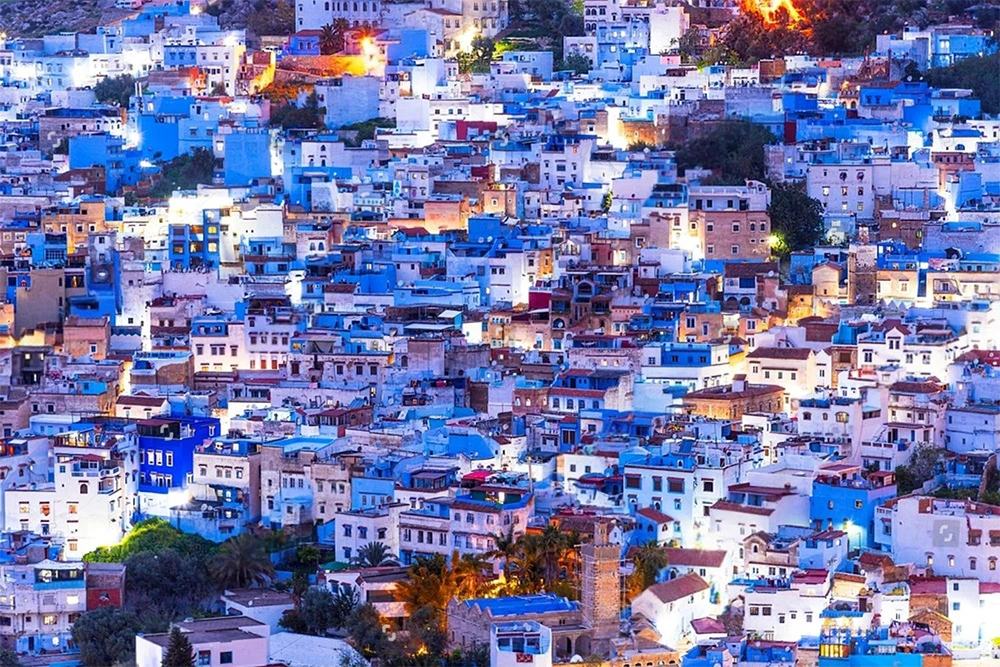
Open secrets in the hills, where caution matters
I remember the air smelling faintly of resin and sun warmed earth, an open secret drifting on the breeze. Terraces climbed the slopes in neat greens, the hills stitched like a quilt under a wide, forgiving sky. People talked about the harvest the way you talk about weather matter of fact, almost tender even though it’s illegal, and everyone knows the law draws a hard line through that softness.
What surprised me most was the gentleness of it all: a nod, a friendly offer of hashish in a mountain village, casual as tea and yet carrying more weight than it lets on. In the Rif Mountains, you learn that travel is a dance between curiosity and care; a simple no can be a kindness to yourself and to those whose livelihoods live in the shadows of the law. I carry caution like a small lantern in my pocket not out of fear, but respect and it lights just enough of the path to keep the journey gentle.
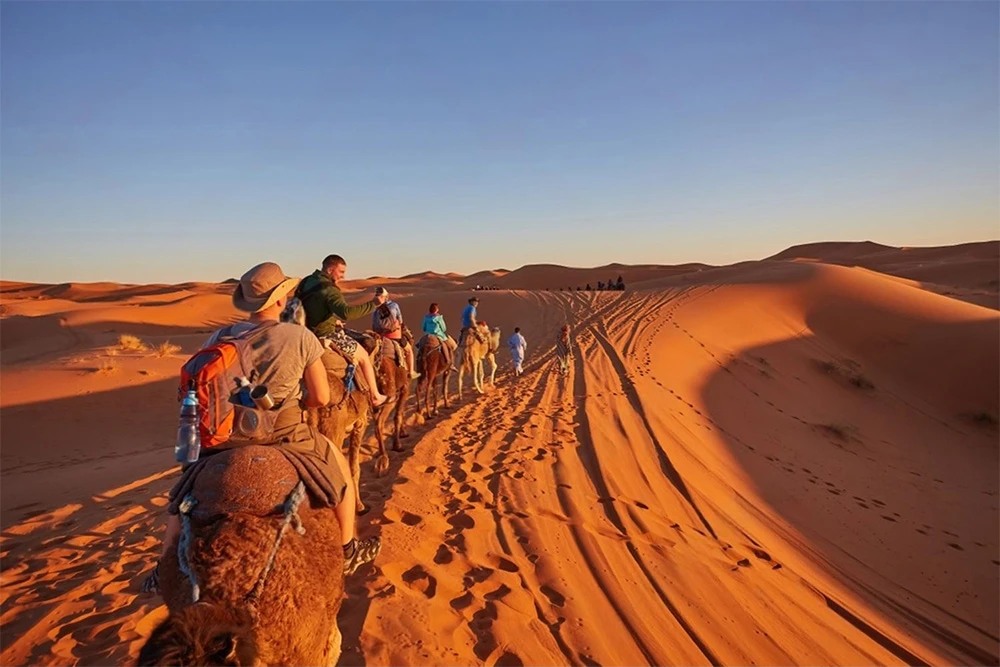
Where wildflowers turn spring into bright confetti
I didn’t expect the air to taste faintly of thyme, or for the fields to flare with poppies and tiny blues all at once. Then spring arrived, and someone told me there are more than four thousand kinds of plants living here in Morocco suddenly the colors made sense, and even the bees sounded triumphant.
What stays with me is how abundance shifts your mood. Markets feel softer when everyone carries a little fragrance home on their sleeves; conversations linger, because it seems rude to hurry past so much life. In this corner of the continent, being the most botanically diverse isn’t a statistic it’s the way the season opens like a door and lets you breathe deeper.
Once, while wandering there, I paused over a flower I couldn’t name and felt oddly welcomed, as if the land believed in strangers. If you chase wildflowers, this is the gentle, overwhelming kind of spring you hope to find.
Henna whispers at weddings, secrets inked in patterns
The first thing I notice is the scent lemon and eucalyptus and the cool kiss of paste settling on the skin. Around a low table, friends compare swirls and vines, teasing out which ones promise laughter, patience, or a long, lucky journey. I love how the designs pass from hand to hand, almost like a secret language under the skin, shared in giggles and gentle nods. By evening, the stain deepens from bright orange to earthy rust, and we hold our hands to the light, admiring the patience it took and the little hopes tucked into each curl.
Once, during wedding season in Jaipur, an aunt traced a peacock beside my thumb and said it wished for joy, while a shy cousin added a tiny sun for blessings. It surprised me how every motif carried a quiet intention, turning laughter and nerves into patterns we could carry together. The next morning the lines had darkened, crisp and sure, and I caught myself reading them like tiny constellations small guides for the heart on a busy day. That’s what I love about henna: celebration turns personal, carried on the skin, and the meanings feel tender and true every time you glance down.
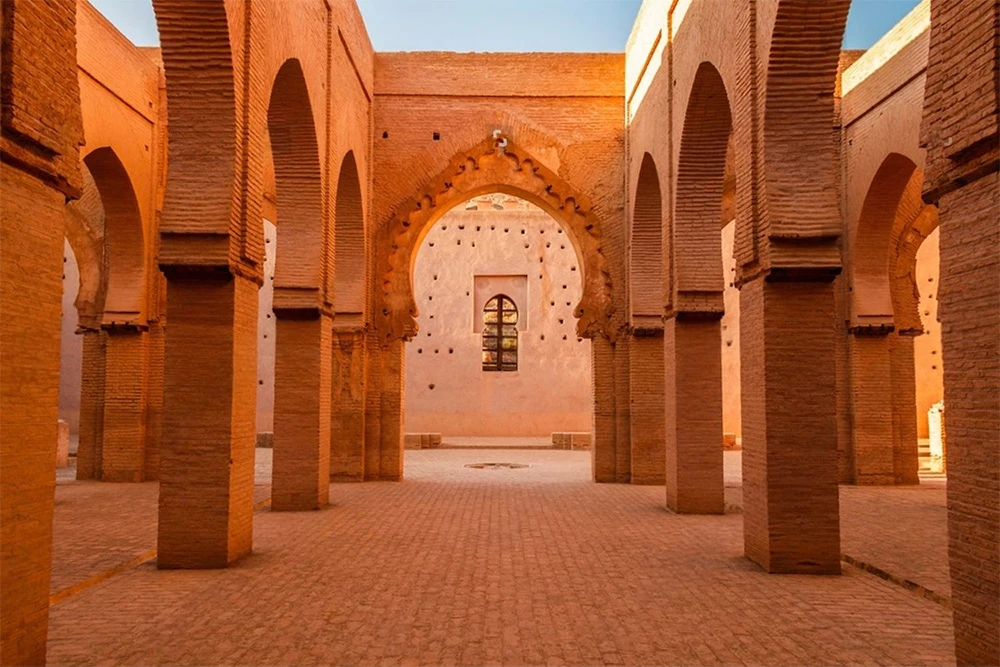
Neon nights, tradition keeps a steady heartbeat
I remember how the music hit the chorus, but never shouted. In Essaouira, the sea breeze cooled the alleys while a bar played soft tracks, and the crowd kept their cheer measured coffee and mint tea in hand, voices easy, eyes bright. Public drunkenness is illegal, and intimacy before marriage stays private; no one lectures you, it's just how the night goes.
What surprised me wasn’t the limits, but the tenderness around them. The call to prayer drifted over the rooftops like a gentle reminder, and people made room for it lowering their volume, finishing their tea, letting the air settle. I left feeling that joy can be quiet and still feel full, and that this quiet is part of what gives the place its poise.
Doors dressed in colors to keep darkness away
I didn’t expect a doorway to feel like a small guardian. In the villages, every door seems loud and alive crimson smudged with marigold dust, cool indigo sweating in the heat, a stubborn cherry red that refuses to blink. The air carries a faint mix of paint and spice, and neighbors trade opinions with warm certainty about which shade keeps trouble at bay: cobalt to stare bad luck down, turmeric yellow to invite blessings. I loved how serious and playful it was at once.
Once, wandering a lane outside Jodhpur, I watched a grandmother sweep fresh blue across a cracked lintel while kids pressed their palms to the frame, just in case. The colors felt like a second heartbeat for the house, thudding softly against whatever the world might bring. It’s superstition, sure, but also care the kind you can see from the road, a quiet promise that someone inside believes in safety, in light, in the simple magic of choosing a color and trusting it to hold.
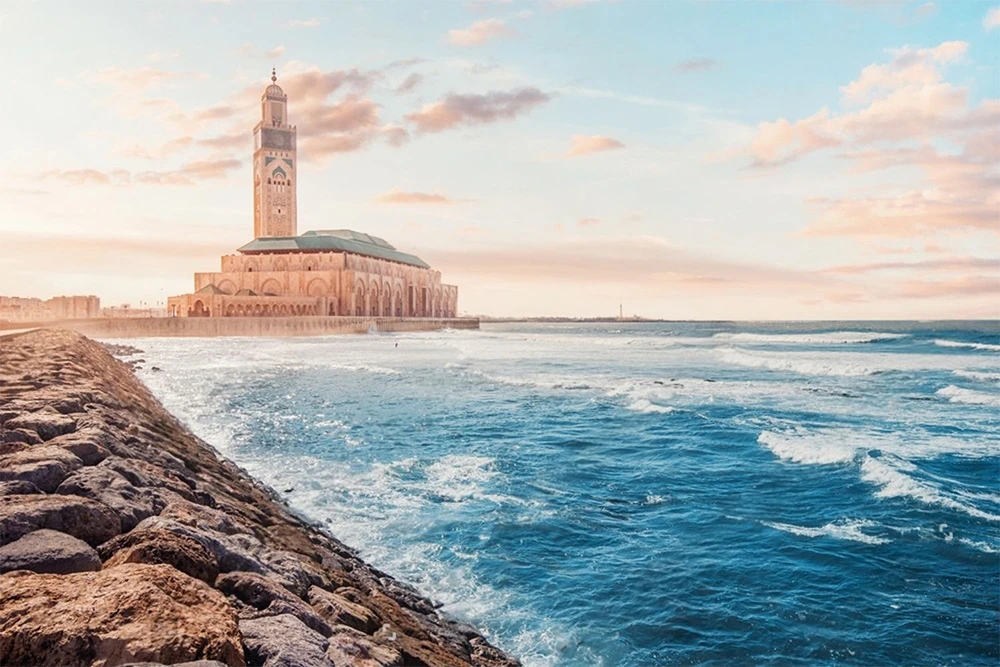
Wool that speaks in quiet codes
I remember the moment it clicked that a rug could talk. Not with letters, but with zigzags, bright knots, and a hush of lanolin in the air. Those patterns weren’t decoration; they were tribal codes, a diary kept in knots love promised, fields planted, storms endured all threaded into wool so stories wouldn’t slip away.
In the souks of Marrakech, colors seem to breathe: madder reds, indigo nights, earth soft ochres. A weaver once brushed a fringe between her fingers and smiled, and I realized each symbol belonged to a life: a marriage beginning, a harvest hoped for, a path safely crossed. It felt like standing inside a conversation older than any of us, a constellation stitched into the floor, reminding me how people protect what matters most not with speeches, but with patient hands and patterns you learn to read with your heart.
Roman ruins among sand and spring wildflowers
I didn’t expect empire to smell like thyme and salt. Just beyond Casablanca, dunes open to scraps of old streets and stumps of columns, their edges softened by sand. In spring, poppies and tiny purple asters dot the stones, bright against the pale ground.
It’s the tenderness of it that stays with me: how a place once ruled by march and trumpet now hums with bees and the low hush of wind. Morocco was once a crossroads at the center of someone else’s map, and you feel it in the quiet of the stones. Time is a tide here, returning and receding until conquest wears down to memory.
I remember standing there with a small ache, surprised by how beautiful the surrender looked. Nothing dramatic, just quiet stones and moving light while wildflowers move softly in the breeze. It felt like finding an old letter in a field something intimate left behind for anyone to read.

Harvest nights pulse with Ahidous in mountain villages.
The first drumbeat found my ribs before my ears, a low thrum that seemed to tidy the dusk. People gathered shoulder to shoulder, palms bright with henna, wool cloaks brushing, silver catching the last light. The air smelled of hay and woodsmoke, and a quick chill slipped down from the peaks. Then the circle breathed together – bendir drums answering voices, women’s ululations riding the pause – and the song called Ahidous rose up, steady as a shared heartbeat. I remember thinking, this feels older than the fields themselves, and yet as familiar as the harvest stacked at our feet in the Aït Bouguemez Valley.
What surprised me most was how it wasn’t a show at all, but a thank you – to the earth, to one another, to time. Old men mouthed lines they learned as boys; kids laughed and knew exactly when to clap; the rhythm stitched the years together in that easy, inevitable way. They say Ahidous echoes ancient Amazigh (Berber) rites, and I believed it, not because anyone explained it, but because the night fell around us like agreement. Even after the drums faded, the feeling stayed warm and steady, like a promise the village keeps every season.
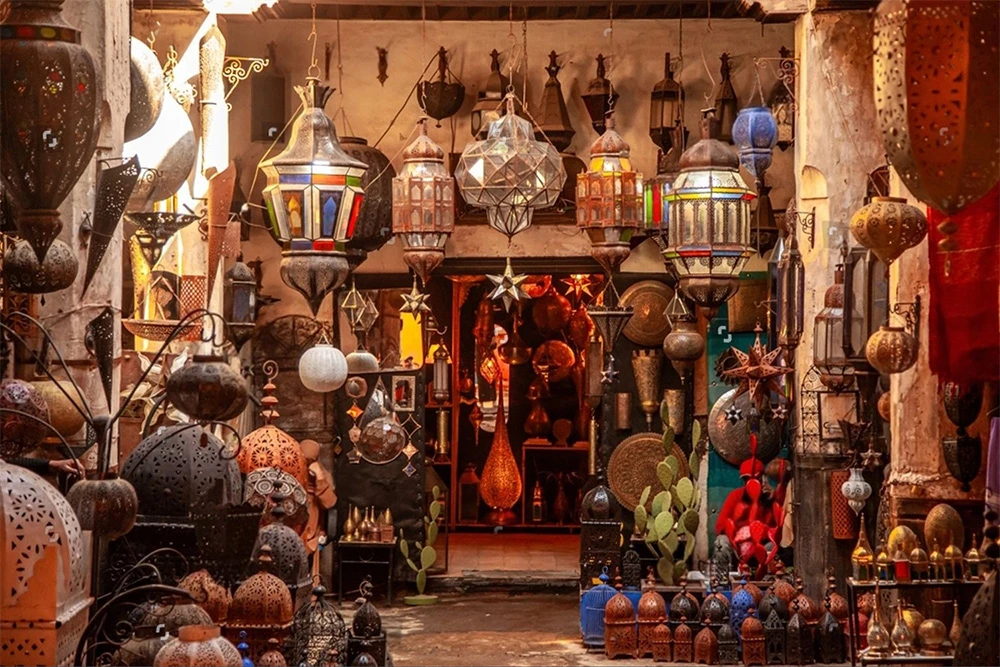
Morocco’s name echoes Marrakesh, the Land of God.
Funny how a name can feel like a compass. I learned that “Morocco” traces back to Marrakesh, once meaning “Land of God,” and suddenly the local jokes made sense every visitor is on a spiritual journey, even if they’re only chasing a good tagine. It’s hard not to believe it when the air tastes of cumin and sun, when the clay pot lid clicks and steam curls like a small prayer. You stand there with a spoon and find yourself a little quieter inside, as if the spices know something you don’t.
Maybe that’s the trick of Marrakesh: it nudges you toward wonder without making a fuss. The day hums mint tea sweet on the tongue, market voices weaving together, warm light stroking the old pink walls and you start to feel like an accidental pilgrim. Not a grand epiphany, just a soft one, the kind that settles in your chest. You come hungry and leave carrying more than a meal, a little more room in the heart for whatever the “Land of God” happens to mean to you.
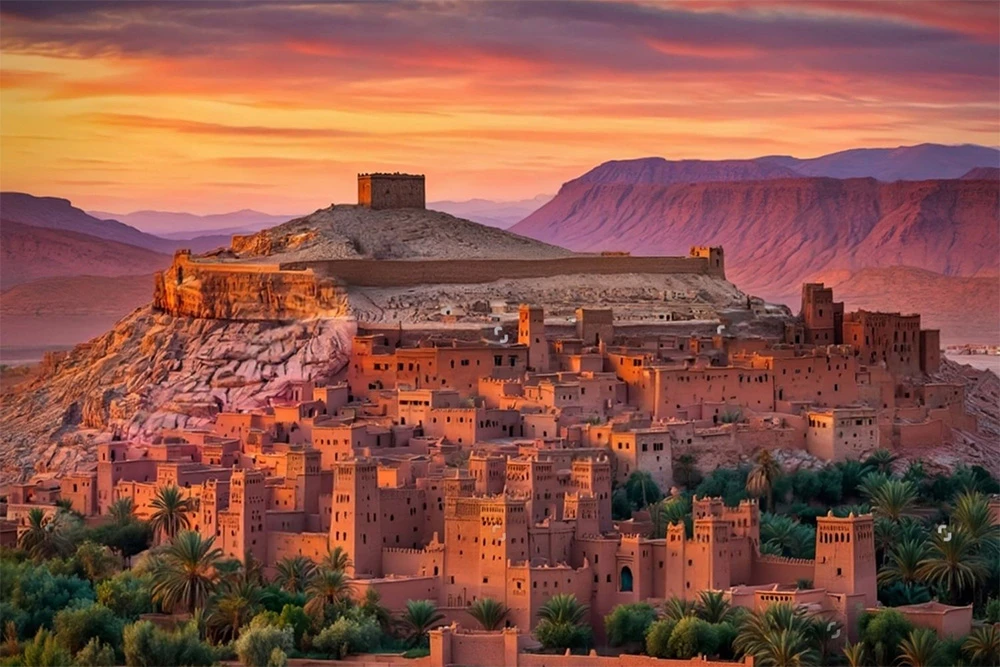
Dawn on one sea, dusk on the other
There’s a quiet thrill in knowing a single day can hold both a sunrise and a sunset over different waters. In Morocco, the land feels like an outstretched hand between two blues, close enough to touch both yet wide enough to breathe. It’s big California big so the idea makes practical sense, but somehow it still feels like a small miracle. Morning air tastes of salt and citrus, the kind that wakes you before coffee ever could.
I remember watching the Atlantic blush into pale gold, then later seeing the Mediterranean cradle the last ember of light. Two seas like bookends to a day, and you standing in the soft chapter between them. The distance doesn’t feel like a race; it feels generous, as if time itself is stretching out a little. You come away believing a place can be many things at once wind and spice, bustle and hush and that’s the beauty that lingers long after the tide evens out your footprints.
Rabat’s older heart beats softer than bustling Casablanca’s shine.
It’s funny how a capital can feel so quiet. In Rabat, age doesn’t brag; it lingers in medieval walls, cool blue shadowed arches, and doorways rubbed smooth by time. Street cats tuck themselves into warm chips of ruin, curled like commas in a long sentence, and the air carries that mix of sea salt and sun baked dust that makes you breathe a little slower.
Down by the river, the path slips past reeds and little wooden boats, and it’s almost empty; few visitors wander that far. I remember the evening call to prayer lifting over the water and the way the light turned the stones honey colored. That’s the surprise I loved most: a capital that lets you hear your own thoughts, older than its flashier neighbor and perfectly at ease with its quiet.
Quiet courage in Morocco’s hidden queer sanctuaries
Sometimes a city whispers its bravest stories after dusk. In Morocco, I’ve felt them hum beneath the clink of tea glasses and the soft glow of lanterns rooms where music runs low and eyes meet with the kind of understanding that needs no speech. The air smells of mint and cigarette smoke, and the tile underfoot stays cool, as if keeping a secret on behalf of everyone gathered.
What moves me most is the care behind it all. Artists stitch tenderness into costumes and canvases, DJs shape the night to make room for every shaky first step, and poets memorize lines that say what can’t be written down. I remember a doorway, a small nod, and the instant warmth of being seen how relief can feel like an embrace you didn’t know you were waiting for. Even with laws that refuse to see them, these communities find ways to hold one another up, to keep joy close and harm far.
The surprise isn’t that these spaces exist; it’s that they’re so full of grace. This place holds opposites with ease faith and celebration, caution and color and somehow that mix makes the tenderness brighter. Survival here isn’t loud; it’s a lantern held against the wind, steady because so many hands are protecting the flame. And walking back into the night, you carry that glow in your chest a little longer than you expect.

Final thought
Sometimes it’s the hushed stories, the chipped tile, and a shared smile in a doorway that reveal a truer side of Morocco. Between grand sights, small gestures and overlooked details show the parts that guidebooks miss. One ordinary moment can be like a quiet key turning in an old door, revealing rooms of warmth and grace. I’ll carry that feeling forward, stepping out lighter and eager for the next surprise.


